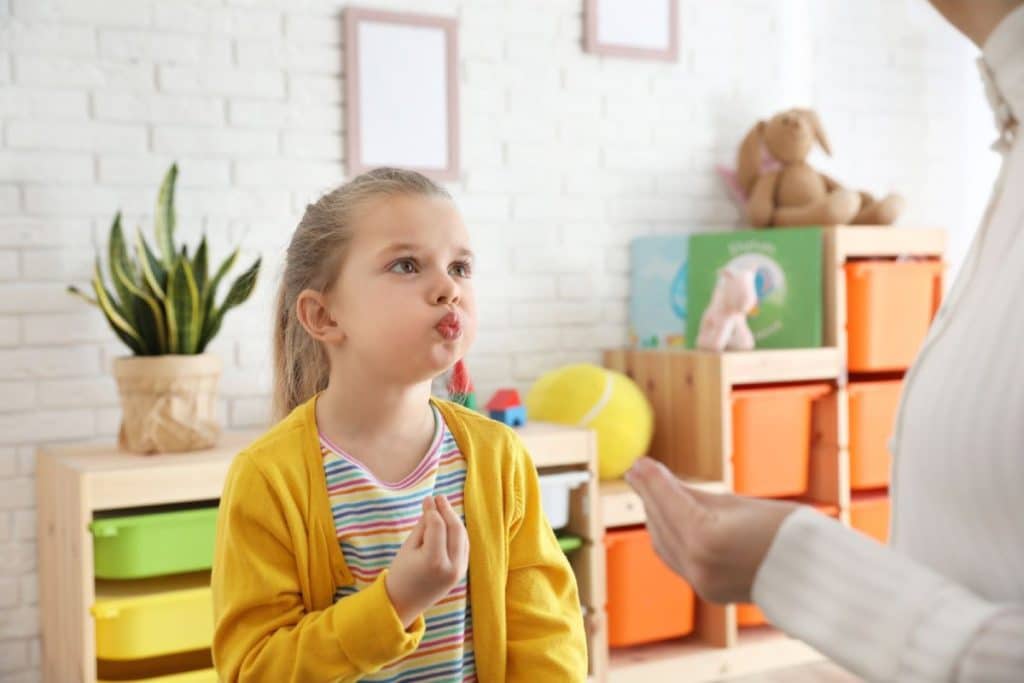
Childhood Apraxia of Speech (CAS): Understanding, Therapy, and Support
Childhood Apraxia of Speech (CAS) is a complex motor speech disorder that affects a child’s ability to plan and coordinate the precise movements required to produce clear and intelligible speech. At Alnajma Rehabilitation Center, we provide expert evaluation and evidence-based therapies tailored to help children with CAS improve their communication skills and overall quality of life.
What is Childhood Apraxia of Speech (CAS)?
CAS is a neurological speech disorder where the brain has difficulty planning and sequencing the muscle movements necessary for speech production. It is important to note that CAS is not caused by muscle weakness or paralysis but by the brain’s inability to send accurate motor commands to the speech muscles.
Children with CAS may know what they want to say but struggle to physically produce the sounds and words in the correct order, leading to inconsistent errors and difficulty with intelligibility.
Signs and Symptoms of CAS
Early recognition of CAS is vital for timely intervention. Common signs include:
► Inconsistent speech errors: A child may pronounce the same word differently each time they say it.
► Difficulty imitating speech sounds: Children often struggle to copy or repeat sounds or words modeled by others.
► Groping movements: Visible searching or trial-and-error movements of the mouth as the child tries to form words.
► Delayed babbling or limited vocalizations: Reduced or atypical babbling during infancy.
► Difficulty combining sounds into words: Challenges in transitioning smoothly between sounds or syllables.
► Speech that is hard to understand: Even close family members may have difficulty comprehending the child’s speech.
► Increased errors with longer or more complex words: As word length and complexity increase, speech production becomes more challenging.
Diagnosing CAS at Alnajma Rehabilitation Center
At Alnajma Rehabilitation Center, diagnosis of CAS involves a comprehensive speech and language evaluation conducted by speech-language pathologists trained in motor speech disorders. The evaluation includes:
• Standardized speech assessments
•Detailed analysis of speech sound production, consistency, and sequencing
• Observation of oral motor skills and non-speech movements
• Review of developmental history and parent interviews
• Differential diagnosis to rule out other speech or neurological disorders
This thorough evaluation enables accurate diagnosis and informs the development of an individualized treatment plan.
Therapy Approaches for CAS
Effective treatment for CAS focuses on improving motor planning and programming through structured, repetitive practice. At Alnajma Rehabilitation Center, we utilize evidence-based therapy methods tailored to each child’s unique needs:
1. Dynamic Temporal and Tactile Cueing (DTTC)
DTTC is a highly effective technique that uses slow, repetitive speech modeling combined with tactile cues to help children practice and improve the movements needed for speech. It involves the child watching, listening, and then attempting to imitate speech sounds or words with support.
2. Integral Stimulation
This approach emphasizes the “watch me, listen to me, do what I do” model. The child imitates the therapist’s speech movements, with gradual reduction of cues as skills improve.
3. Multisensory Feedback
Incorporating visual, auditory, and tactile feedback helps children understand and produce the correct speech movements. Tools such as mirrors, touch cues, and auditory modeling are commonly used.
4. Motor Learning Principles
Therapy incorporates principles of motor learning, including frequent practice, gradual increase in complexity, and opportunities for error detection and correction.
5. Home Practice and Family Involvement
Parental involvement is essential. Alnajma Rehabilitation Center provides caregivers with strategies and exercises to practice at home, ensuring continuity and reinforcement of therapy goals.
Support Services at Alnajma Rehabilitation Center
Beyond direct therapy, Alnajma Rehabilitation Center offers a range of support services to promote comprehensive care:
⇒ Parent education and counselling: Helping families understand CAS and how to support their child effectively.
⇒ Interdisciplinary collaboration: Coordination with occupational therapists and educators to address the child’s overall development.
⇒ Progress monitoring and reassessment: Regular evaluations to track improvements and update therapy goals.
Why Early Intervention Matters
Early intervention for CAS is critical because the brain is most adaptable during the first years of life. Prompt, intensive therapy can:
♦ Improve speech intelligibility and communication skills
♦ Reduce frustration and behavioral challenges related to communication difficulties
♦ Enhance social interaction and academic readiness
♦ Support overall language development
At Alnajma Rehabilitation Center, early identification and tailored intervention ensure children receive the best possible support.
Conclusion
Childhood apraxia of speech is a challenging disorder that requires specialized assessment and treatment. At Alnajma Rehabilitation Center, our experienced team provides compassionate, evidence-based care designed to help children overcome speech planning difficulties and achieve their communication potential. If you have concerns about your child’s speech development, contact us today for a comprehensive evaluation and individualized therapy plan.
Back to Blogs
